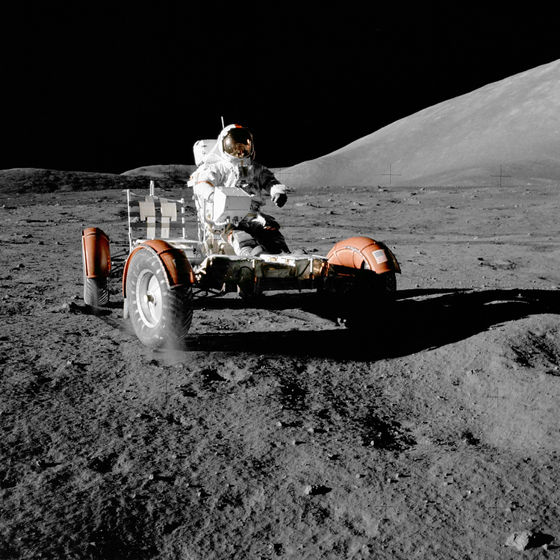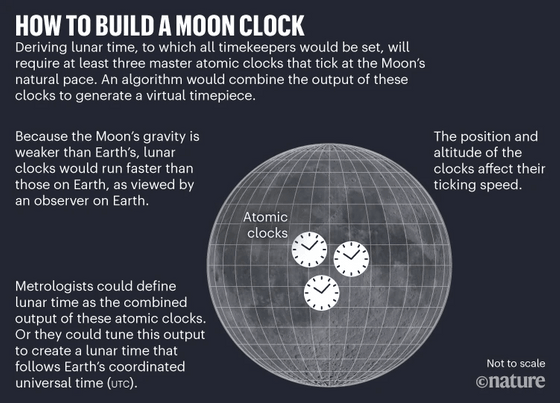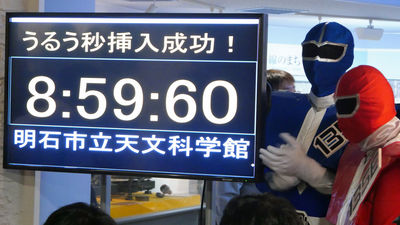How can the ``time of the moon'', which has a different flow of time than the earth, be determined?

What time is it on the Moon?
https://doi.org/10.1038/d41586-023-00185-z
Since there is no unified time on the moon, each space agency lunar surface mission uses its own timescale and asks 'what time is it?' relative to the operator on Earth. However, while each mission is performed independently, it is inconvenient if multiple lunar missions are performed jointly, so it is necessary to decide on a common time.

The problem that arises here is how to define 'Monthly Standard Time' instead of Universal Standard Time. So far, it is also unclear whether a clock system designed to synchronize with Earth's Coordinated Universal Time will be adopted, or whether it will be independent of Earth's time.
In November 2022, representatives of space agencies and academic institutions from around the world met at ESA's European Space Research and Technology Center in the Netherlands to begin drafting recommendations on how to define lunar time. Patrizia Tavella, head of the time department at France's
Accurate time is important not only for scheduling, but also for location information. Therefore, similar to GPS, which is used to identify position information on the earth, a dedicated global positioning satellite system (GNSS) is also being constructed on the moon. Each space agency aims to create a lunar GNSS by around 2030, and NASA launched the `` Lunar Communications Relay and Navigation Systems '' in January 2022. Also, in November, the European Space Agency (ESA) launched a lunar satellite positioning project 'Moonlight'.

However, determining the definition of time is not an easy task. This is because the speed of time
In order to establish the standard time of the moon, it is necessary to install at least three 'master clocks' and combine the times output from them algorithmically to create a more accurate virtual clock. In addition, since the flow of time is also affected by the height at which the watch is placed and the rotation of the moon, NASA and ESA are discussing whether the watch should be installed on the surface of the moon or mounted on a satellite orbiting the moon. We are.

How to operate the clock system created in this way will be decided in future discussions. One idea would be to synchronize the lunar time to Earth's UTC. Adopting this method requires periodically synchronizing lunar time and UTC, but it has the advantage of being easy to understand for earth users. It is also possible that a month's own time will be adopted.
Researchers are also planning to go beyond timing. NASA, in collaboration with ESA, has begun creating a framework called ' LunaNet .' This LunaNet is a framework for building a single network like the Internet that enables satellite navigation, communications, and computing systems on the Moon to be used by any country.
Mr. Gramling said, 'Ultimately it is ideal to build a solar system Internet.The first part of this solar system Internet will be made on the moon.'
Related Posts:
in Science, Posted by log1l_ks







